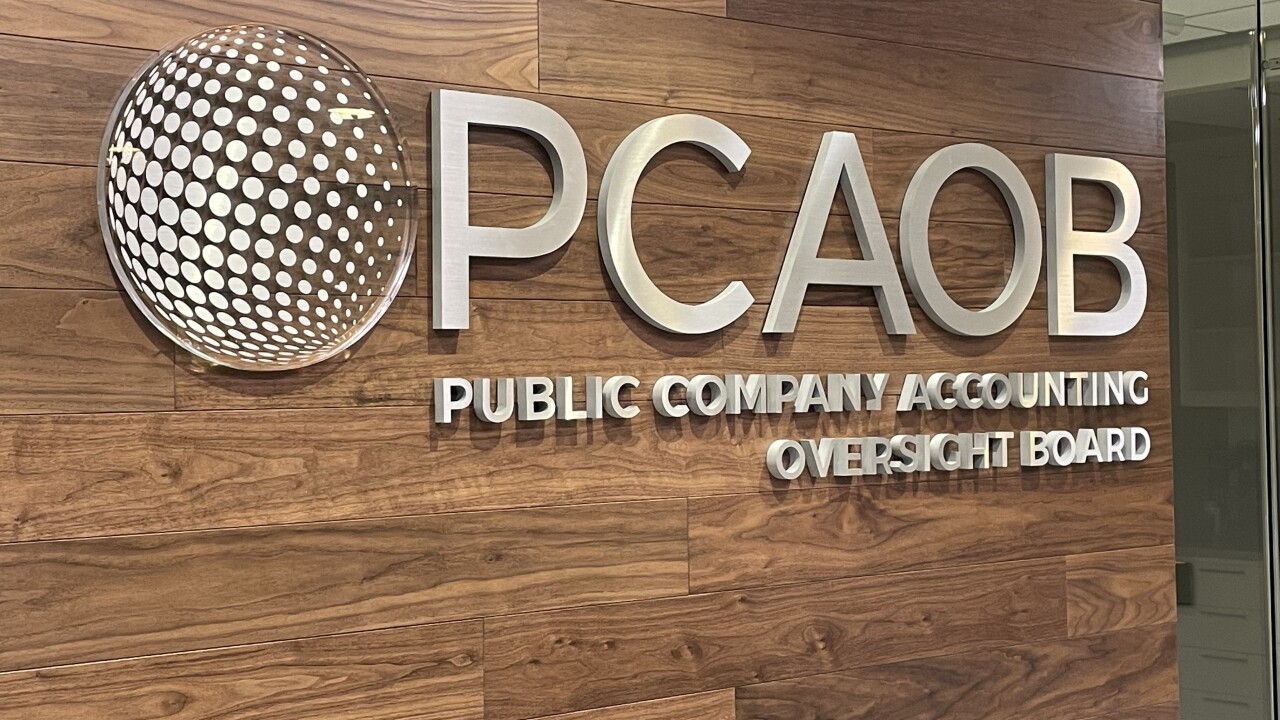IMGCAP(1)]Innovation means the future for auditing is about more than just the numbers.
It is about opening the “black box” through the use of technology, helping us to perform a more comprehensive audit and provide organizations with deeper, more actionable insights into their financial statements and controls. With technology as an enabler, auditors can now focus more effectively on risk and their response to it, while challenging the audit in a way that simply was not possible before.
Technology will ultimately cause a shift in everything from inspection of evidence relating to random samples, to analyzing larger volumes of audit-relevant data that allows for targeted analysis of risk areas and potential anomalies. These new technologies are also about helping to ensure that auditors spend less time with the administration of an audit, and more time on thoughtful analysis of the data—essentially focusing on what matters.
Access to more data helps financial reporting and early identification of fraud and operational risks, which in turn can be integrated into a targeted audit approach. With deeper insights at their disposal, auditors are better positioned to ask more challenging questions, delivering a more effective quality audit.
Ultimately, this oversight cultivates a more holistic understanding of a client’s financial close process and business operations, thereby enhancing each of the key audit phases—from scoping and assessing risks, to tests of controls and tests of details.
Looking at a process and its related controls through the use of analytics means we can unveil the sources of process issues. It allows a focus on what has gone wrong. It can enable auditors to isolate transactions that have different risk profiles and tailor their approach to be responsive to the different levels of risk.
For example, by applying robust testing and analysis to higher-risk manual transactions, it could help to identify if there is an unusually large percentage of credit transactions (rebates) that have been processed inappropriately, which could indicate increased risk of fraud or misstatement. With access to this information, we can provide management with actionable insights into a better understanding of how their users actually use their systems, and where necessary they can reconsider the design and configuration of their internal controls.
Innovating with analytics in this way, combined with industry and financial experience, will ultimately extend what the audit provides. This will include in-depth analysis of processes and controls, identifying issues before they impact the bottom line, as well as analyzing transactions that can all be used to improve financial reporting, internal control systems and detect fraud risk. The future of audit will provide more value. Clients will receive more relevant insights from all phases of the audit, and receive insights that they haven’t had before about their business and sector.
Clients will be able to use these to make better strategic or operational decisions and gain more perspective into critical information. When recently using analytics to look at a group’s consolidated population of journal entries for the year, we saw that a number of current-quarter entries were posted into a prior quarter of the current year. By aggregating these entries by business unit and country, we isolated the practice to one particular business unit. With the help of this analysis, management improved the design of the group’s financial statement close process with particular focus on the identified business unit.
But it is not just about what analytics can bring to the audit. Innovative technology also brings about the opportunity to optimize the overall audit. By combining analytics with other advanced technology, we can enhance how we communicate across our teams globally and with our clients, including monitoring the status of the audit real-time, capturing and sharing global audit findings with our clients as they arise and using our secure online portal to share information with our clients. This makes for a much smoother and transparent audit experience for our clients, as well as providing them with added insights.
For example, advanced technology makes it easier for our multinational account teams to coordinate and obtain information about our client’s business processes across the globe, benchmark that information to identify leading-class approaches and share with management so that they can look to fully and effectively incorporate across the group.
In the wake of technological advancements, we anticipate our new hires will need more in the way of analytical skills to complement the inquiring minds, skepticism and professionalism we already expect from our people. As the volume of structured and unstructured data analyzed by organizations increases, data analysis, statistical modeling and IT security skills are all becoming increasingly common among auditors. In fact, the audit of the future will require expertise in risk analysis; quantitative skills to challenge predictive models; and understanding of risks beyond financial statement exposure to include business issues such as regulatory, fraud, cybersecurity, industry knowledge and sector specialization.
As a profession we have made great strides by integrating new technologies into our processes, but now is not the time to stand still. We have a tremendous opportunity to provide clients, capital markets, regulators and investors with greater confidence and business insight. To make the most of this opportunity, we must continue to innovate and invest, and work closely with key stakeholders so we stay ahead of the technology curve and provide the capital markets with greater confidence, a better business perspective and enhanced transparency.
Felice Persico is global vice chair of assurance at





